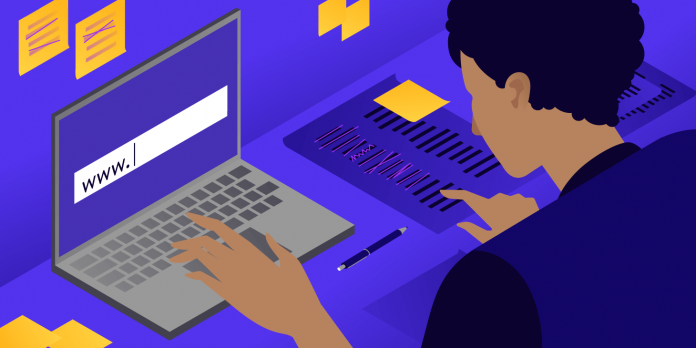
In a rapidly evolving world where innovation is the lifeblood of success, organizations constantly seek new ways to stand out. Companies need to foster a culture of creativity, empathy, and problem-solving to thrive in this competitive market. This is where design thinking comes into play – a robust framework that revolutionizes how we approach product design and development.
Design Thinking (DT) is more than just a buzzword; it is a mindset, a human-centered approach that puts people at the core of the design process. It encourages interdisciplinary collaboration, iterative prototyping, and a deep understanding of users’ needs and desires. By embracing DT, organizations can unlock their creative potential and transform innovative ideas into reality.
In this blog, we will discuss the essence, benefits, and success stories of incorporating design thinking into an organization’s work culture.
The Essence of Design Thinking
DT is a problem-solving methodology that emphasizes empathy, experimentation, and iteration. It challenges traditional linear thinking by encouraging designers to explore multiple solutions and perspectives. Unlike traditional product development, DT is flexible, adaptable, and can be tailored to fit the specific needs of each project.
Five Stages of Design Thinking
Design thinking is typically structured around five key stages, each of which plays a crucial role in the overall process:
Stage 1: Empathize
The first stage involves understanding the users’ needs, motivations, and pain points. Designers immerse themselves in the users’ world, conducting interviews, observations, and gathering insights to understand the problem they are trying to solve.
Stage 2: Define
Once designers clearly understand the users’ needs, they move on to defining the problem. This stage involves synthesizing the gathered information to form user personas, problem statements, and design requirements. It sets the foundation for the creativity and prototyping phases.
Stage 3: Ideate
This stage is all about developing a wide range of creative ideas. Designers brainstorm, sketch, and explore various possibilities without judgment. The goal is to think outside the box and encourage divergent thinking.
Stage 4: Prototype
In the prototyping stage, designers transform their ideas into tangible representations. Prototypes can take different forms, from simple sketches and wireframes to interactive mock-ups or physical models. Rapid prototyping allows for quick validation and iteration, enabling designers to learn from failures and improve their designs.
Stage 5: Test
The final stage is focused on gathering feedback and refining the prototypes. Designers test their solutions with real users and observe their interactions. This feedback loop helps uncover usability issues, identify improvements, and fine-tune the design before it goes into production.
Benefits of Design Thinking
DT offers several benefits that can significantly impact product design and development:
User-Centric Approach
By prioritizing empathy and understanding, DT ensures that products are designed with the end users in mind. This leads to solutions that resonate with people and effectively meet their needs.
Increased Innovation
The iterative and collaborative nature of DT encourages experimentation and exploration of diverse ideas. This fosters a culture of innovation and enhances the chances of creating groundbreaking products.
Improved Problem-Solving
DT equips designers with a structured approach to tackling complex problems. It encourages them to approach challenges from multiple angles, resulting in more comprehensive and practical solutions.
Enhanced Team Collaboration
DT brings together individuals from various disciplines and encourages cross-functional collaboration. Teams can generate more holistic and well-rounded solutions. By combining different perspectives and expertise
Design Thinking in Action: Success Stories
Numerous organizations have embraced DT and reaped its benefits. One notable example is Airbnb, which disrupted the hospitality industry by transforming spare rooms into desirable accommodations. By empathizing with both hosts and travelers, Airbnb designed a platform that revolutionized the way people travel and experience new places.
Another success story is Thoughtworks, a global technology consultancy known for its human-centered approach to product design services. Thoughtworks has helped companies like BOSCH, Walmart, and PayPal innovate and create user-centric products that resonate with customers.
Embrace the Design Thinking Mindset
Design thinking equips organizations with a structured framework to develop creativity, foster collaboration, and drive innovation. Companies can unlock their full potential and create products that genuinely make a difference by adopting a user-centric approach and embracing the mindset.
So, whether you’re a designer, entrepreneur, or business leader, consider incorporating DT into your process companies like Thoughtworks can be your go-to option. They will help you embrace empathy, unleash your creativity, and embark on a journey to redefine product design and innovation. The possibilities are limitless when you put people at the heart of your design process and embrace the power of design thinking.






